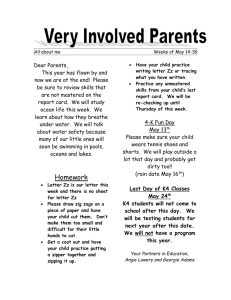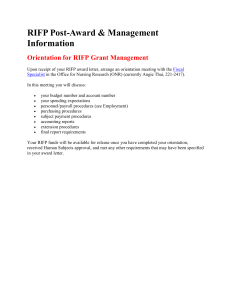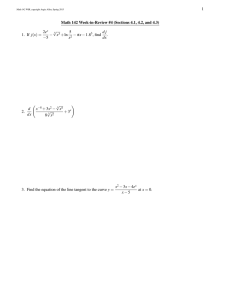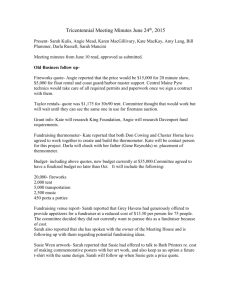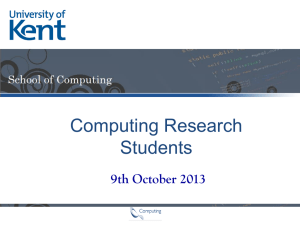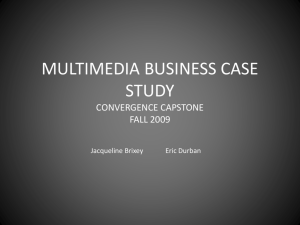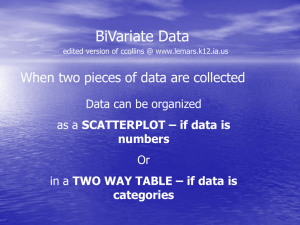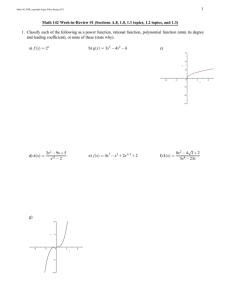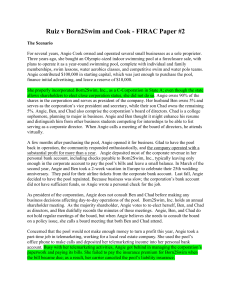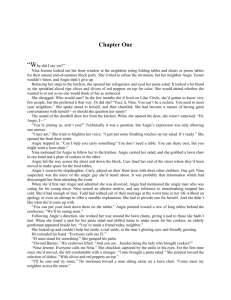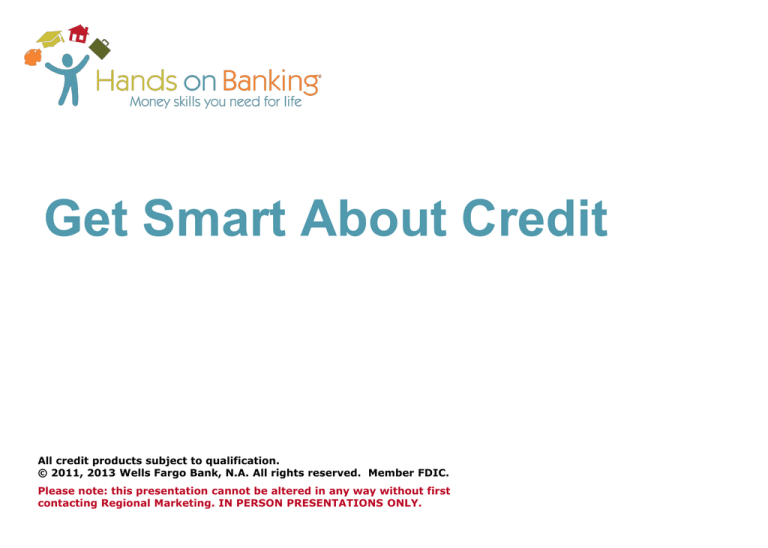
Get Smart About Credit
All credit products subject to qualification.
© 2011, 2013 Wells Fargo Bank, N.A. All rights reserved. Member FDIC.
Please note: this presentation cannot be altered in any way without first
contacting Regional Marketing. IN PERSON PRESENTATIONS ONLY.
Keeping Promises
Think about a time when you let someone borrow
something.
Did the person give it back? Did you have an agreement
about when you would get the item back?
What would you think about that person if they returned your
item damaged or never returned it at all?
It’s all about
responsibility!
The Get Smart About Credit October initiative hosted annually by the American
Bankers Association promotes financial education and helps bring credit
awareness to your community. This presentation today is provided by Wells
Fargo as part its participation in the Get Smart About Credit initiative.
1
Credit
The ability to borrow
money from a lender
with the promise to pay
the money back.
rest
Most lenders charge a
fee for the privilege of
borrowing money. This
fee is called interest.
2
Borrowing Money
Credit is a privilege—and it’s granted only to those who have
demonstrated their ability to manage their money over time.
This is called credit history.
Building good credit is key to getting things you want like a
car, a college education, or a house.
3
Credit Cards
It is a Loan -Using a credit card is like getting a short term
loan from a bank. You must pay the money back.
APR- The interest rate on a credit card is called an “annual
percentage rate” or APR.
Never use credit to purchase
items you really can’t afford.
4
Credit Card
basics
Know your credit limit
and balance
Credit Limit = this is the
maximum amount you
can borrow.
Balance = the amount
you still owe.
5
Practice
1. You charge $100 on a credit card that has a limit of $300.
The card has an annual percentage rate of 18%. How long
will it take you to pay off the total charge if you pay $20 a
month?
6
Practice
2. At 18% a year, what will the interest be on the unpaid $80
balance at the end of the first month?
7
Practice
3. On the $100 charge, how much will your outstanding
balance be a the end of the first month, if you only make a
payment of $5?
8
Practice
4. Angie is buying an MP3 player for $199 plus 6.5% sales tax.
She decides to pay for it in 2 equal installments on her credit
card over 2 months. If the interest on the credit card is 18%
a year, Angie will pay $4.82 in interest. What is the real cost
of the MP3 player to Angie?
9
Practice
5. Uh oh – Angie neglected to make her payment on time. As
a result, the bank charged her a $20 late fee. Therefore, the
total amount Angie ended up paying the bank was $238.94.
Had she paid cash, the MP3 player would have cost her
$211.94. How much did using a credit card cost her?
10
Personal
Responsibility
Taking personal
responsibility means
keeping your promise
to pay back the money
you owe.
11
To learn more about money, visit
www.handsonbanking.org
12



